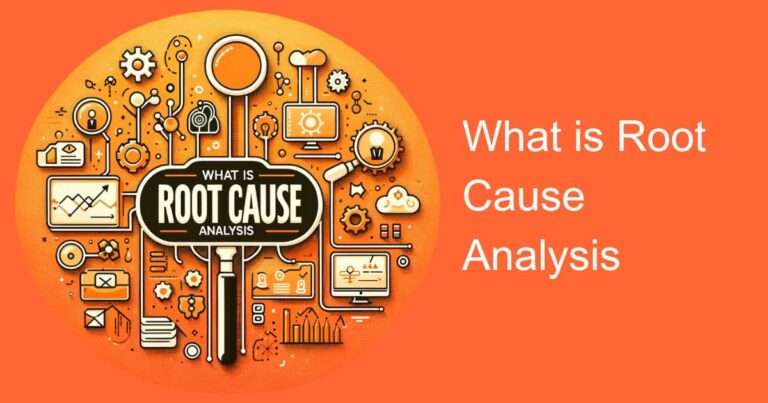Introduction
In the realm of industrial operations, maintaining equipment and machinery in optimal working condition is not just a matter of efficiency but also a critical aspect of cost-effectiveness and safety. Condition monitoring, a cornerstone of modern maintenance practices, plays a pivotal role in achieving these objectives. This comprehensive guide explores what condition monitoring entails, its importance in various industries within the Indian context, and how businesses can leverage it to enhance operational reliability and longevity.
Understanding Condition Monitoring
Condition monitoring refers to the process of continuously monitoring the health and performance of machinery and equipment to detect any deviations from normal operating conditions. By employing various techniques and technologies, condition monitoring enables proactive maintenance rather than reactive repairs. This approach helps organizations avoid unexpected breakdowns, minimize downtime, and extend the lifespan of their assets.
Importance of Condition Monitoring
Cost Savings and Efficiency
In industries such as manufacturing, energy, and transportation, unplanned downtime due to equipment failure can lead to significant financial losses. Condition monitoring helps in predicting potential failures before they occur, allowing for timely maintenance and reducing the overall maintenance costs. For example, in the Indian manufacturing sector, where operational efficiency is crucial for competitiveness, adopting condition monitoring strategies can result in substantial savings.
Enhanced Safety
Faulty equipment can pose serious safety risks to workers and the environment. Condition monitoring helps identify issues such as equipment vibrations, temperature fluctuations, and abnormal noise levels, which if left unchecked, could lead to accidents or environmental hazards. By ensuring equipment operates within safe parameters, businesses uphold workplace safety standards mandated by Indian regulatory bodies like the Directorate General of Mines Safety (DGMS) and the Factories Act.
Optimized Asset Management
Effective condition monitoring provides real-time data on asset performance and health. This data-driven approach enables businesses to optimize asset management strategies, such as deciding when to repair, replace, or upgrade equipment. In India’s diverse industrial landscape, from heavy machinery in steel plants to critical infrastructure in power generation, optimized asset management through condition monitoring is essential for maintaining operational continuity and competitiveness.
Techniques and Technologies Used in Condition Monitoring
Vibration Analysis
Vibration analysis is one of the most widely used techniques in condition monitoring. It involves measuring and analyzing vibrations emitted by machinery to detect abnormalities that could indicate mechanical wear, misalignment, or imbalance. In industries like automotive manufacturing and power generation, where rotating machinery is prevalent, vibration analysis helps in early detection of issues and prevents catastrophic failures.
Oil Analysis
Oil analysis involves analyzing the physical and chemical properties of lubricating oil used in machinery. It helps in identifying contaminants, wear debris, and degradation products that could indicate potential equipment problems. In India, where sectors like petrochemicals and mining heavily rely on machinery lubrication systems, oil analysis plays a crucial role in maintaining equipment reliability and extending oil change intervals.
Infrared Thermography
Infrared thermography uses thermal imaging cameras to detect anomalies in equipment temperature patterns. It identifies overheating components, electrical faults, and insulation issues that could lead to equipment malfunction or fire hazards. In sectors such as electrical utilities and manufacturing, where overheating of electrical components can lead to downtime and safety risks, infrared thermography is instrumental in preventive maintenance.
Ultrasound Testing
Ultrasound testing involves using high-frequency sound waves to detect leaks, electrical emissions, and mechanical anomalies in machinery. It helps in identifying issues such as bearing defects, valve leaks, and electrical arcing in industries where compressed air systems, hydraulic equipment, and rotating machinery are prevalent. In India’s automotive manufacturing and pharmaceutical sectors, ultrasound testing enhances operational reliability and product quality assurance.
Implementing Condition Monitoring in Indian Industries
Challenges and Solutions
Implementing condition monitoring in Indian industries presents unique challenges, including:
Technological Integration:
Many businesses, especially small and medium enterprises (SMEs), may lack the infrastructure or expertise to implement sophisticated condition monitoring systems. Solutions involve leveraging affordable technologies and providing training to personnel.
Cultural Shift:
Shifting from reactive to proactive maintenance cultures requires buy-in from all levels of the organization. Education and awareness programs can help foster a culture that values preventive maintenance and data-driven decision-making.
Regulatory Compliance:
Adhering to Indian regulatory requirements, such as those outlined by the Bureau of Indian Standards (BIS) and the Central Pollution Control Board (CPCB), ensures that condition monitoring practices meet environmental and safety standards.
Future Trends in Condition Monitoring
Industry 4.0 Integration
The integration of condition monitoring with Industry 4.0 technologies, such as Internet of Things (IoT) devices and machine learning algorithms, is revolutionizing maintenance practices. Real-time data analytics and predictive maintenance capabilities are enhancing efficiency and reliability across various sectors in India.
Remote Monitoring and AI
Advancements in remote monitoring capabilities and artificial intelligence (AI) are enabling predictive maintenance on a larger scale. Cloud-based platforms allow for real-time monitoring of equipment health, even across geographically dispersed locations, thereby optimizing resource allocation and minimizing travel costs.
Sustainability Focus
Condition monitoring is increasingly viewed through a sustainability lens, with initiatives to minimize energy consumption, reduce waste, and extend product lifecycles. In India, where sustainable development goals are gaining prominence, integrating eco-friendly practices into condition monitoring strategies is becoming imperative.
Conclusion
In conclusion, condition monitoring represents a transformative approach to maintenance management in Indian industries. By leveraging advanced technologies and adopting proactive maintenance strategies, businesses can enhance operational efficiency, ensure workplace safety, and achieve sustainable growth. As India continues its industrial evolution, embracing condition monitoring as a strategic imperative will be crucial for maintaining global competitiveness and meeting regulatory obligations. Embracing these practices not only preserves assets but also fosters a culture of innovation and resilience in the dynamic landscape of Indian industry. Implementing condition monitoring is not just about preventing breakdowns; it’s about paving the way for a future where reliability, efficiency, and sustainability converge to drive lasting success.








